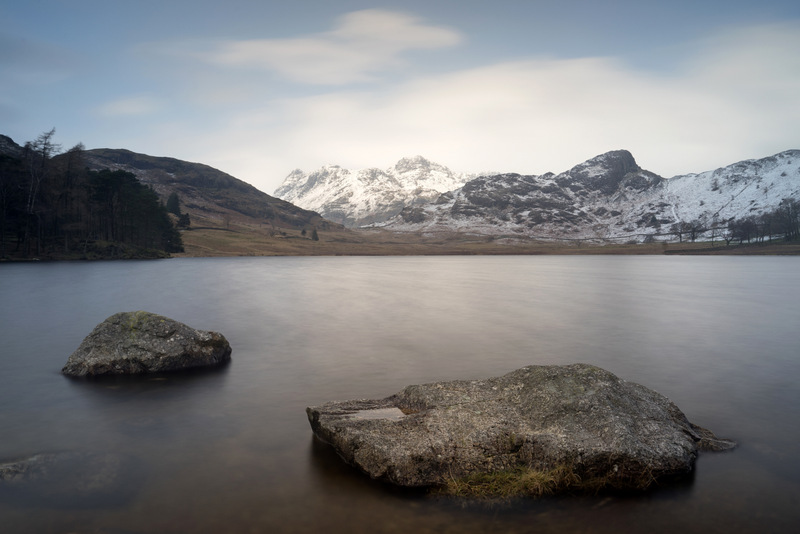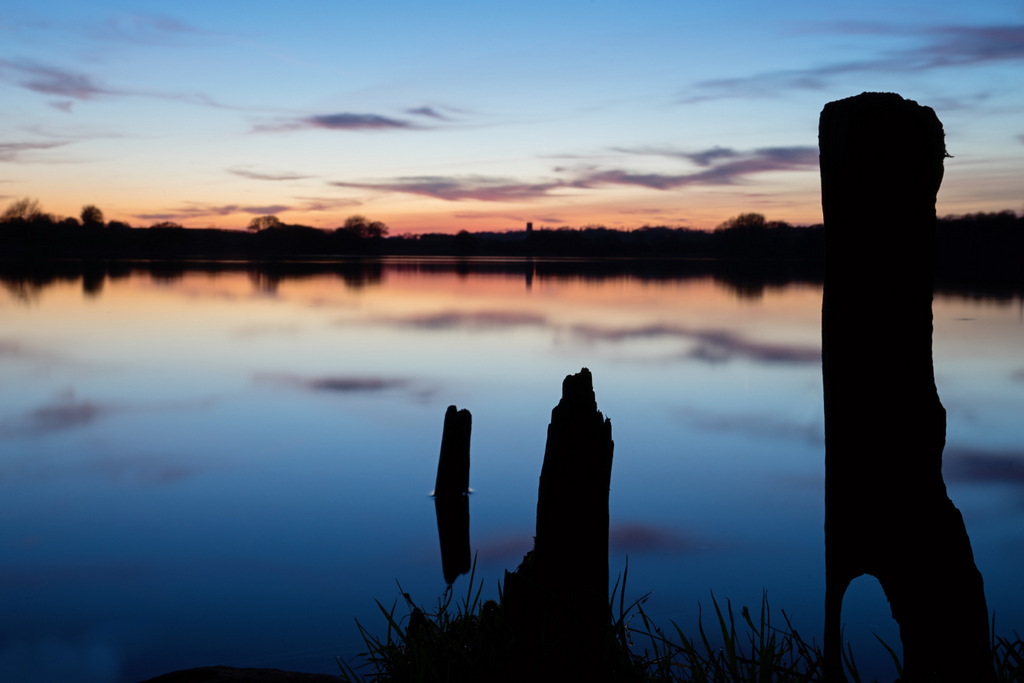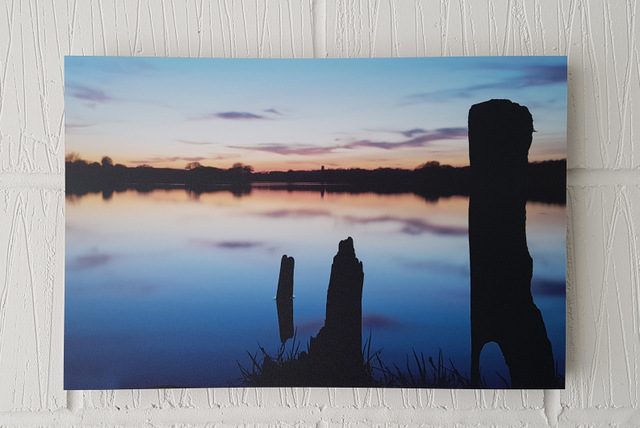Discover how I learned how to photograph long exposure sunsets and, even better, it doesn’t matter that I can’t quite afford the filters yet!
A couple of weeks ago I went to the Lakes and had a go at long exposure landscape photography under the expert tuition of Melvin Nicholson. We had a fascinating half day learning how to use filters to enable the use of extremely slow shutter speeds – as long as 30 seconds – without overexposing the image. The benefit of this is that any areas of water in the shot look like milky mirrors, completely smooth, free of ripples. On moving water like the sea or waterfalls the effect can be even more dramatic.
Using Melvin’s filters, including one called a 10 stopper, I was able to take this shot at Blea Tarn.
Without the filter the shot looked like this.
There’s an other-worldly look to the long exposure shot, as it captures something that the naked eye doesn’t see. I have to admit that I now have a new addiction and can’t wait to get my hands on some filters when budget allows, as they are quite pricey.
However, Melvin did suggest that we try using very long exposures at sunset just as the light dies, literally as it’s about to become dark. As I drove through our village at the end of the day there was a magnificent sunset and I decide there was no time like the present. We’ve got the lovely Pickmere Lake just minutes away from home so I headed straight there.
This is the shot I managed to get without using any filters at all.
I looked for a spot with some foreground interest and remembered these old wooden posts that stick out of the water on the shore line. The tallest one is about 9″ high but I positioned the camera very low down on a Gorilla Pod tripod to frame the shot as I wanted it.
Shooting on Manual Exposure I set the camera up initially at ISO 100, f/11 and then had a look at what shutter speed I would have to use to get the right exposure. It was way too fast as there was still a fair amount of light in the sky. As I didn’t want to wait for ages I reduced the aperture to f/20 (not ideal for maximum image quality – it’s better to stick between f/11 & f/16) and then it was just a case of waiting until it was dark enough for me to set the shutter speed at 30 seconds. I used the time to check my framing and to listen to quiet splashes and calls of the birds as they settled down for the night.
Finally, when there was literally just a faint trace of light in the sky I could use 30 seconds and the result was magic! I was so excited and took a few shots just to be sure I’d got it.
I’ve since edited the image slightly, mainly to remove the many marks caused by dust in the sensor (a real down side of small aperture, long exposure photography!) and had it printed on a wooden block to hang in the studio. I think I’ll always look back fondly at it as my first real long exposure shot.







Stunning picture and a great explanation on how you captured it x
Very kind of you! Thank you.